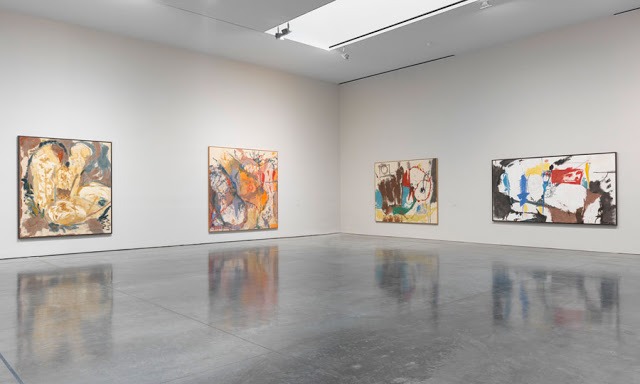Antonio Adriano Puleo show Sculpted Paintings & Painted Sculptures at the
Luckman Gallery. More work is available on Puelo's
website with great details. X reviews the show for the blog
Painting in L.A. and correctly asserts that there is nothing
Provisional about Puelo's work. There is an overload of intention here and nothing casual at all about these finely crafted explorations of paint that feel like they were carved out of objects.
![]() |
| Untitled (36c) |
![]() |
| Untitled ( 36c) 2011. 9" x 12" Oil, Acrylic, And Collage on canvas |
![]() |
| Untitled ( 40c) 2011. 9" x 12" Oil, String, and Nails on canvas |
![]() |
| Untitled ( 39c) 2011. 9" x 12" Enamel on canvas |














































